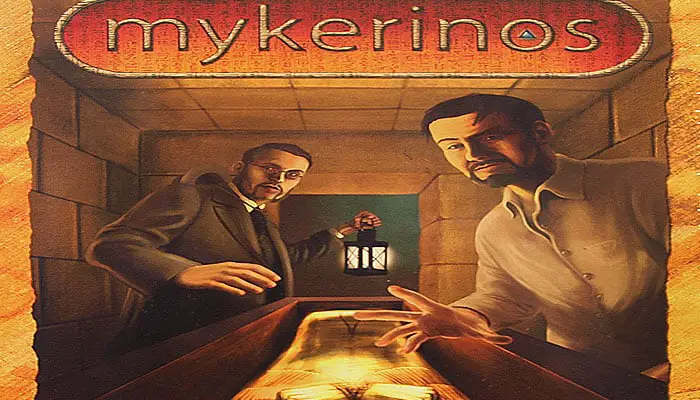
1899. For more than a century, the European public has been fascinated by Egyptology, and the discoveries of Denon, Champoilion, Petrie and others.
Seeking adventure and glory, teams of archaeologists search the sands of Egypt for hidden treasures.
Components
- 1 game board
- 36 'terrain / patron' cards
- 100 'archaeologist' cubes (25 for each color: blue, red, green and white)
- 19 marker disks for the players (including 1 "first player" marker and 6 "+50" score markers)
- 5 'patron' markers (1 orange, 1 black, 1 brown, 1 yellow, 1 purple)
- Rulebook
Object of the Game
The players embody archaeologists working for pa- trons. They excavate the land of Egypt to find pre- cious artifacts, which will adorn the most prestigious rooms of the Museum. …



